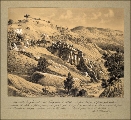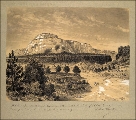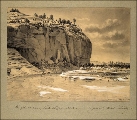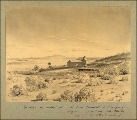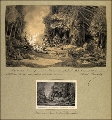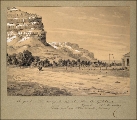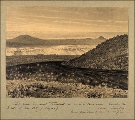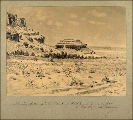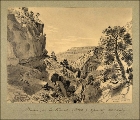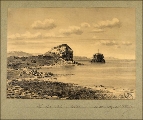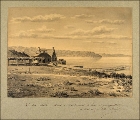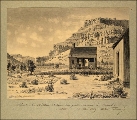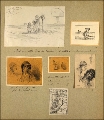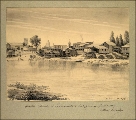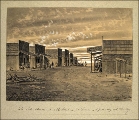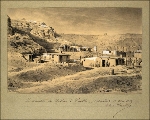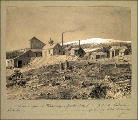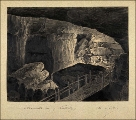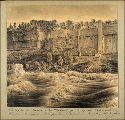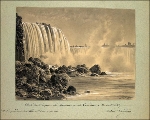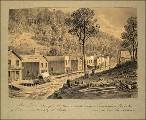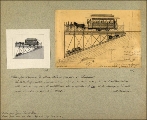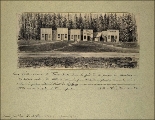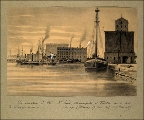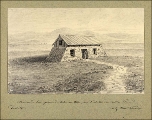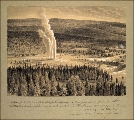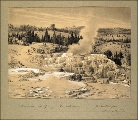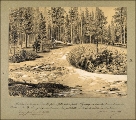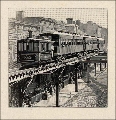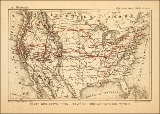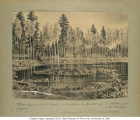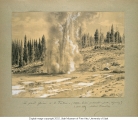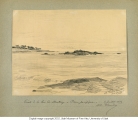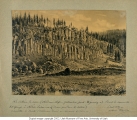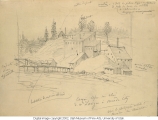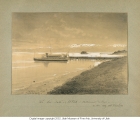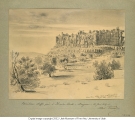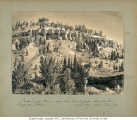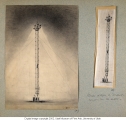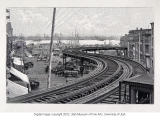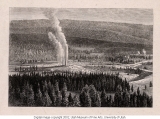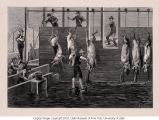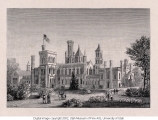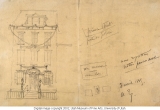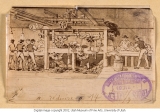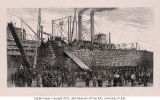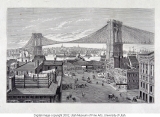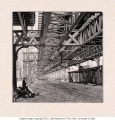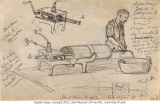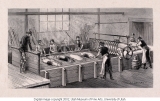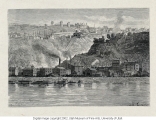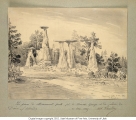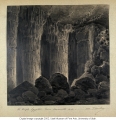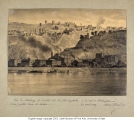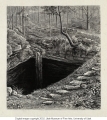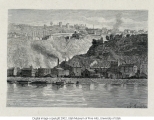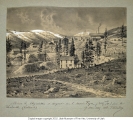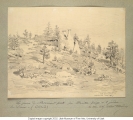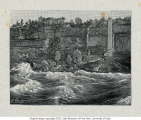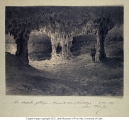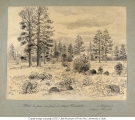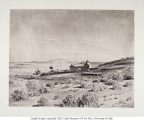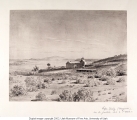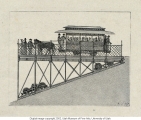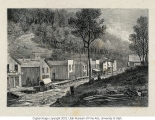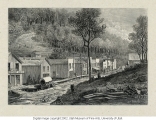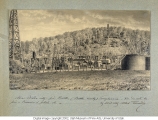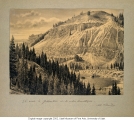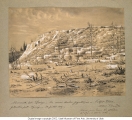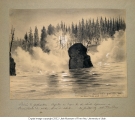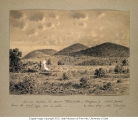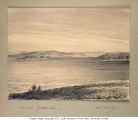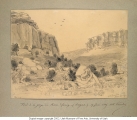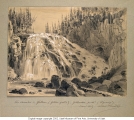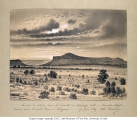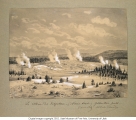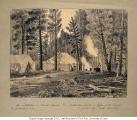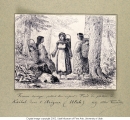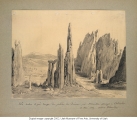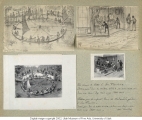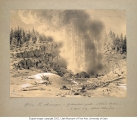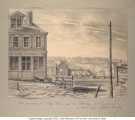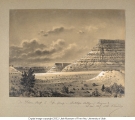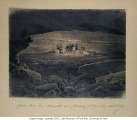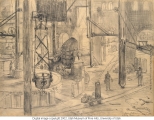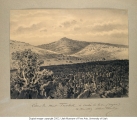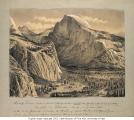| Identifier |
1978_286_silverMines.jpg |
| Title |
Silver Mines at Forest City - Yankee Hill near Leadville, Colorado |
| Alternate Title |
Mines d' argent à Forest city - Yankee hill près de Leadville Colorado |
| Creator |
Tissandier, Albert 1839-1906 |
| Subject |
Silver mining--Colorado--Yankee Hill (Lake County)--1880-1890; Mine buildings--Colorado--Yankee Hill (Lake County)--1880-1890; Views--1880-1890 |
| Published Location |
Reproduced in the exhibition catalog, Albert Tissandier : Drawings of nature and industry in the United States, 1885, by Mary F. Francey ([Salt Lake City, UT] : Utah Museum of Fine Arts, 2001), p. 29. |
| Short Essay |
Located in the Rocky Mountains of central Colorado, Leadville was settled in the mid-nineteenth century. In the 1870's carbonates of lead with high silver content were discovered, and in 1877 the community became a mining center. In spring of 1879 throngs of fortune seekers converged on the sleepy mining town dreaming of easily acquired wealth and creating one of the richest histories of the American west. Mining in the area began in 1859 and continues today with an acquired history of a series of boom and bust periods. As a result of the explosive population growth created by the discovery of silver, Leadville was incorporated in 1878. Because of its elevation of 10,200 feet above sea level, it is still the highest incorporated city in the United States. By late 1870 the population numbered 18,000, and by 1893 it had grown to 60,000. Great fortunes were easily made and just as easily lost throughout the vicinity. By 1881 there were 14 smelters and reduction plants operating in the Leadville district. The leading mining properties included the Matchless, Morning Star, Iron Silver, Catalpa, Chrysolite and Little Pittsburgh. Silver production reached a peak of over eleven million dollars in 1880, leveled out at ten million for several years, then began a steady decline. Tissandier's drawing is an eloquent statement about the impact of vigorous mining activity on the environment. His genuine admiration for American technological achievements did not deter him from noting the scarred landscape surrounding a mining community. After silver was demonitized in 1893 most mines and all except one of the smelters around Leadville were shut down. The Arkansas Valley Smelter, the largest in Colorado, survived and remained operational into the 1960's. |
| Publisher |
Utah Museum of Fine Arts |
| Contributors |
Mary F. Francey |
| Date |
1885-05-17 |
| Type |
Image |
| Format |
application/pdf |
| Source |
Albert Tissandier: Drawings of Nature and Industry in the United States |
| Language |
fra |
| Rights Management |
Digital image c2001 Utah Museum of Fine Arts, University of Utah |
| Source Physical Dimensions |
34.29 cm High x 41.28 cm Wide |
| Source Characteristics |
Graphite and brush applied ink on paper |
| Light Source |
Kaiser Softlite ProVision 6x55W flourescent 5400K daylight |
| Archival Resolution |
TIFF: 5026 x 4242 pixels |
| Display Resolution |
JPEG: 900 x 779 pixels |
| Bit Depth |
36-bit color |
| Scanning Device |
Leica S1 Pro scanning camera; Hasselblad CFi 50mm F/4 lens; f/11 |
| Exhibit Catalog |
ISBN: 0-9657215-0-7; Library of Congress Catalog Number: 2001094211 |
| Setname |
uu_umfa_at |
| ID |
415813 |
| Reference URL |
https://collections.lib.utah.edu/ark:/87278/s6bk1cds/415813 |

